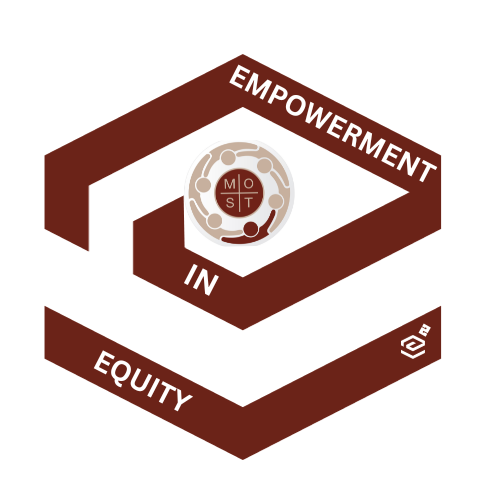 |
The overall goal of the Building on MOSTs project has been to specify what it is that teachers need to do and understand to implement the teaching practice of building on MOSTs effectively. Building on MOSTs is a teaching practice that engages the class in making sense of a MOST to better understand the mathematics it gives students the opportunity to learn. A MOST can be offered by any student and the teaching practice of building on MOSTs is intended to involve all the students in collaboratively making sense of the mathematics of the MOST through engaging in focused, rich mathematics discussions. We recognize the field's growing focus on addressing inequities in mathematics education and have come to realize the need to specify equity concerns as part of specifying what it is that teachers need to do and understand to implement the teaching practice of building on MOSTs effectively.
As a result of pilot work in Spring 2021, we identified that the tools developed thus far by the Building on MOSTs project had implicitly addressed concerns for equity, leaving under specified awareness of students' identities and concerns for how power and privilege might operate in service of some students while allowing the silencing and invisibility of others. Research suggests, however, that without deliberate, intentional, and explicit support, teachers are unlikely to use these (or any tools) in ways that disrupt patterns of inequity and injustice in students' mathematical opportunities for learning. As such, explicitly specifying equity concerns related to these tools was needed to fully meet the project goals. Empowerment in Equity focuses on two things: (1) systematically examining the tools being developed by the project with an eye toward places where issues of inequity and injustice may show up; and (2) developing ways to reframe these tools to highlight the opportunities they provide for teachers to intervene in, rather than reproduce, issues of inequity. |










